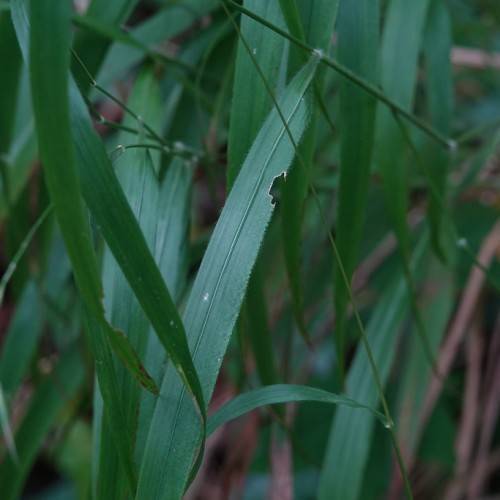
Slender False Brome
Brachypodium sylvaticum
Watering:
Minimal
Hardiness Zone:
Flowers:
Flowers
Sun:
full sun,part shade
Fruits:
Fruits Ready In
Leaf:
Yes
Growth Rate:
Low
Drought Tolerant:
Yes
Salt Tolerant:
Yes
Care Level:
Medium
watering
Water Northern Shorthusk weekly but do not over-water. Water when the top inch of soil is dry and provide enough that the water penetrates the soil up to 2-3 inches deep. Make sure the soil drains well between each watering to prevent root rot. To support healthy plant growth, plan to water the Northern Shorthusk twice a week during the growing season, and reduce this amount in the winter.
sunlight
The Northern Shorthusk (Brachyelytrum aristosum) requires full sun or very dense shade in order to thrive. It does best when it receives direct sunlight for at least 6 hours a day. Ideally, it should receive 8 or more hours of direct sunlight to ensure optimal growth and flowering. It can tolerate some shade during mid-day hours in hot climates, but if it is grown in partial shade for extended periods of time, the plant may suffer from poor flowering and leaf discoloration. This species prefers sunny climates and may struggle in areas where the sunlight is more intermittent.
pruning
Northern Shorthusk (Brachyelytrum aristosum) should be pruned annually in late fall to early winter. For optimal health, pruning should involve removing dead or damaged stems only. This plant species may also benefit from a light shaping trim in early spring, just as new growth begins. Pruning too much in either season can cause stunting of the plant. It is important to remember to sanitize any gardening tools used to prune the plant in between uses. This will help prevent the spread of disease.
